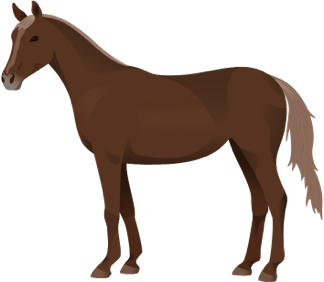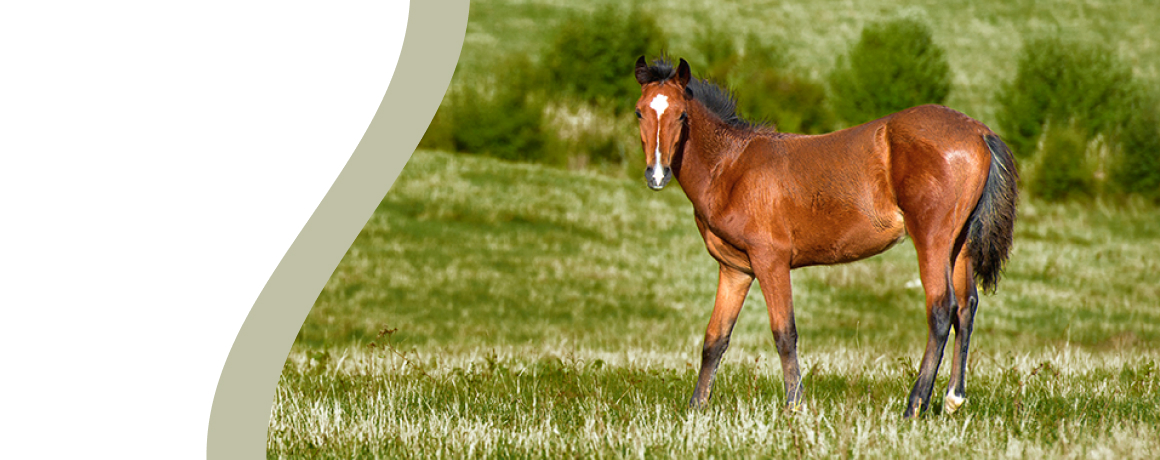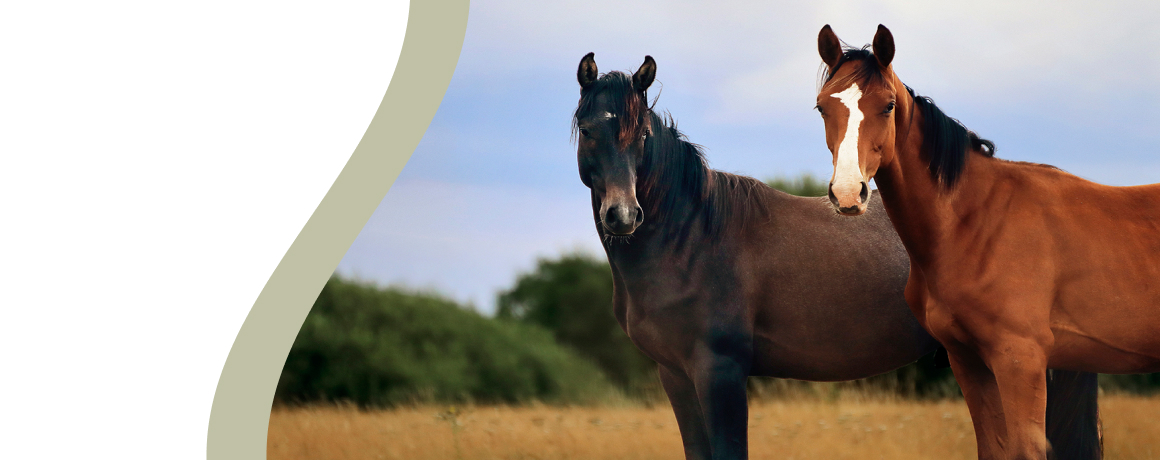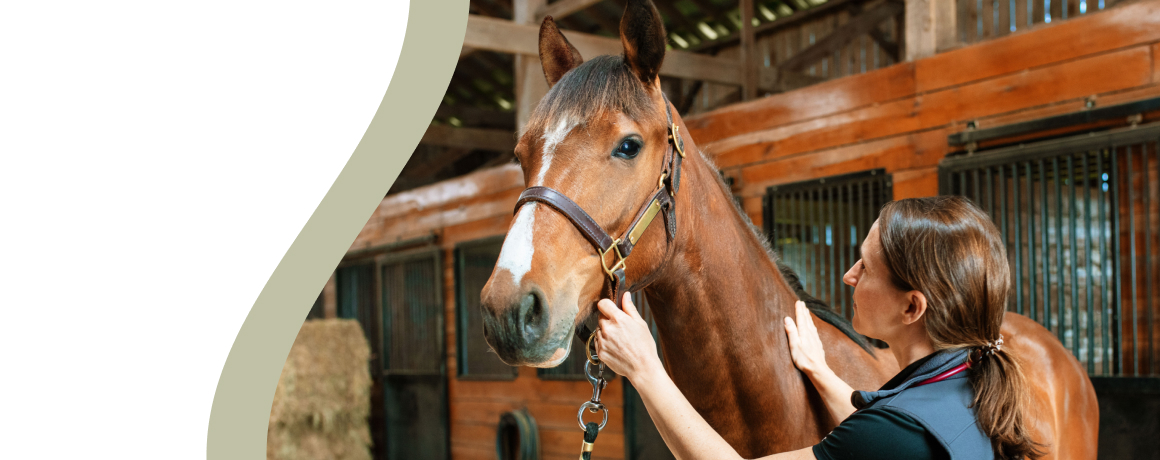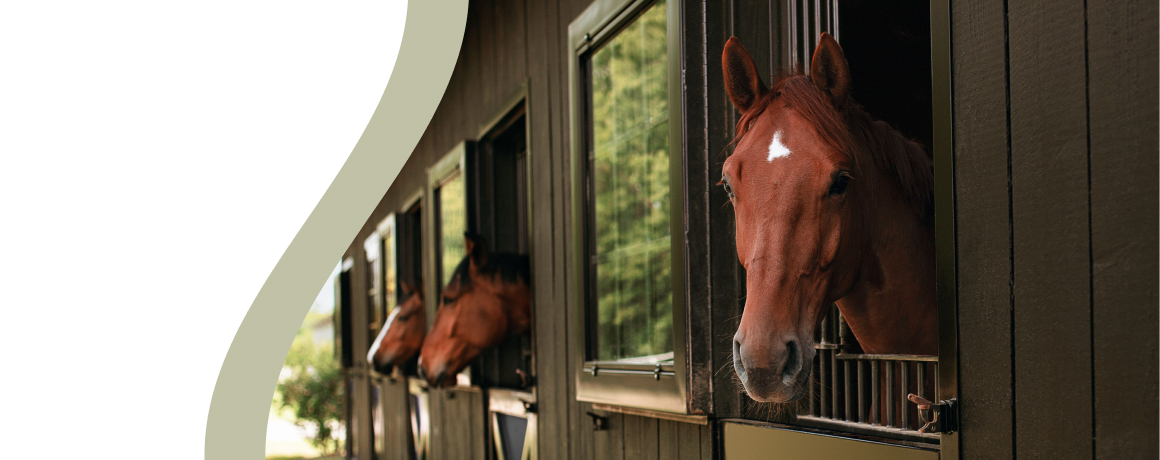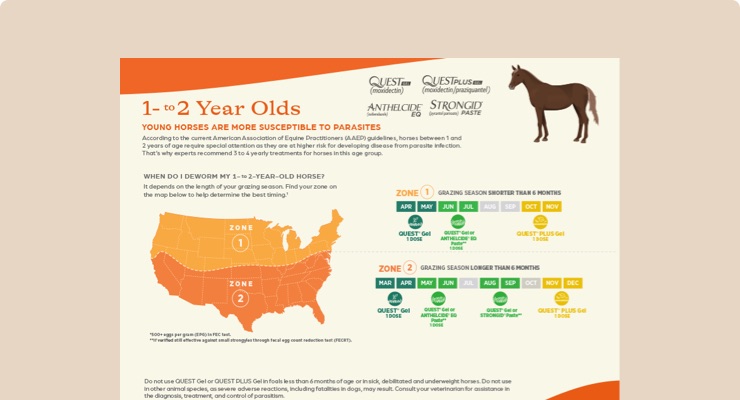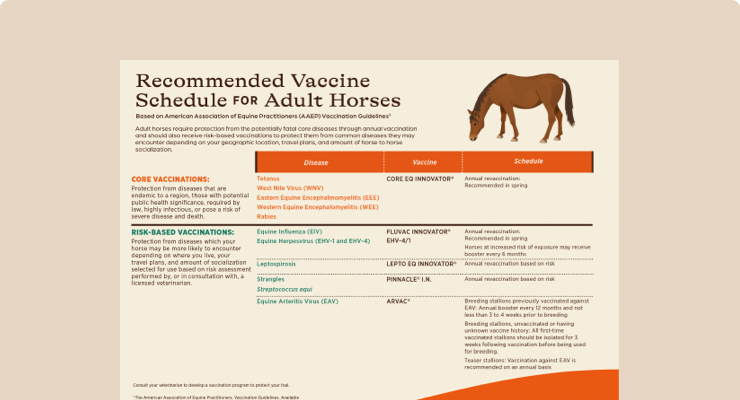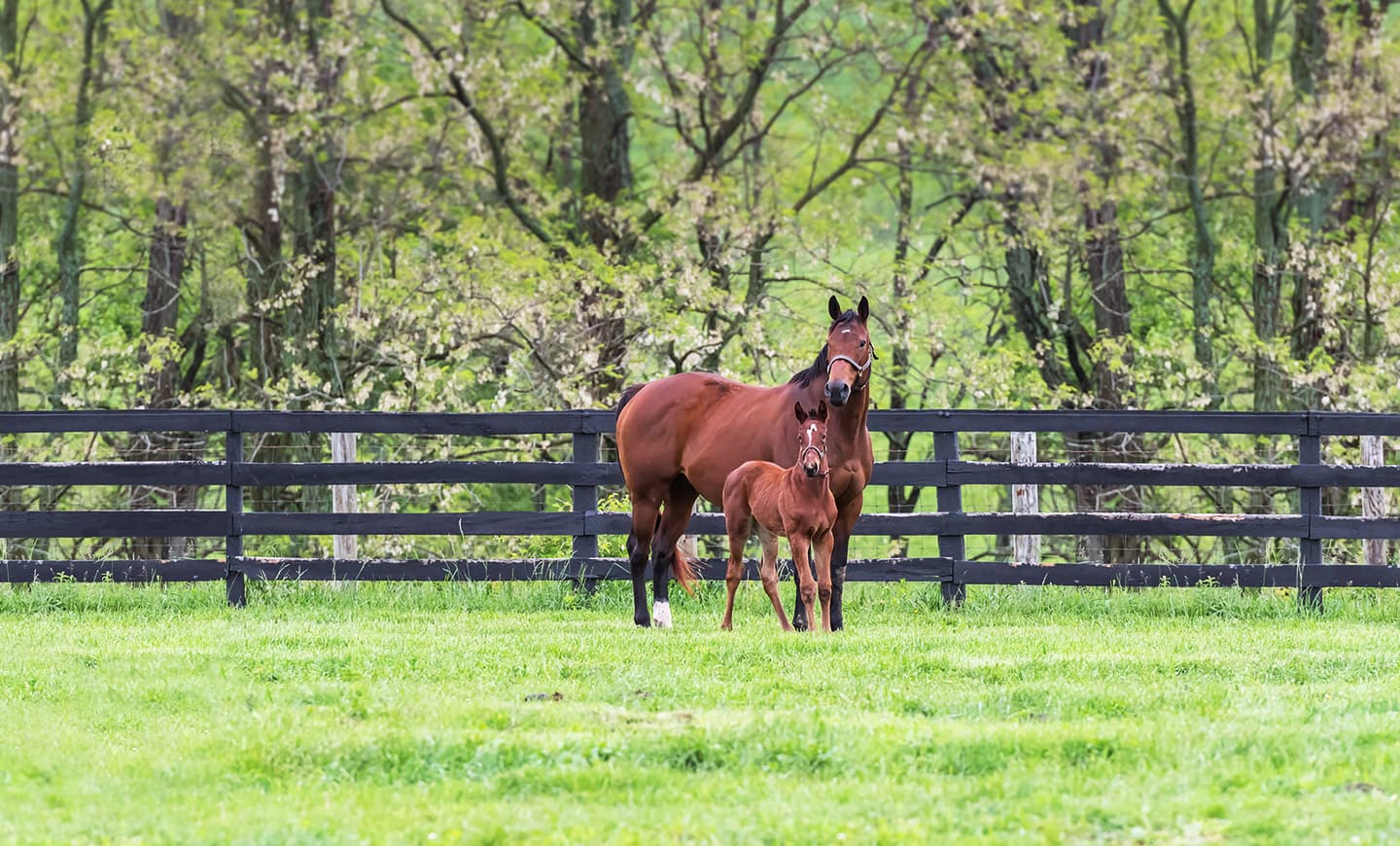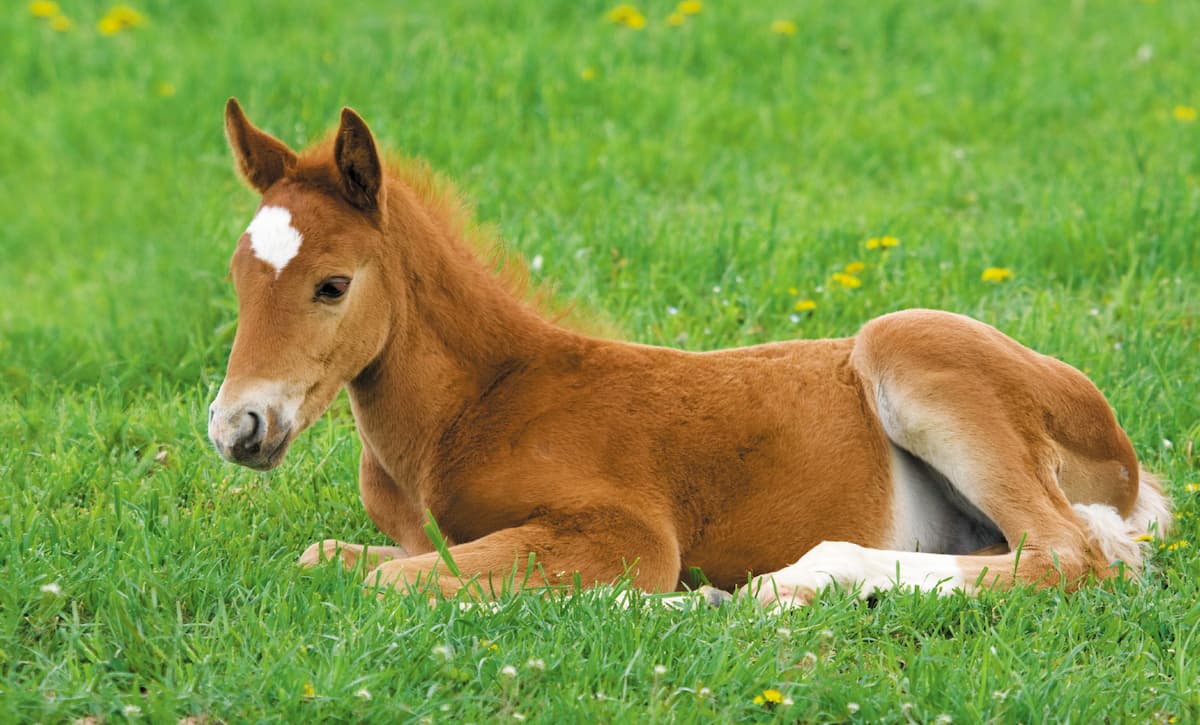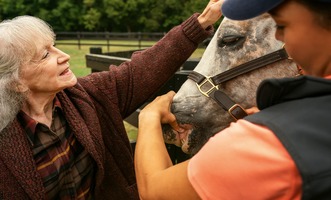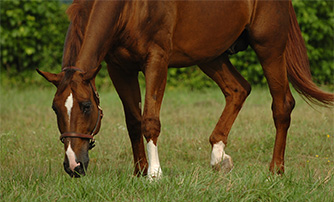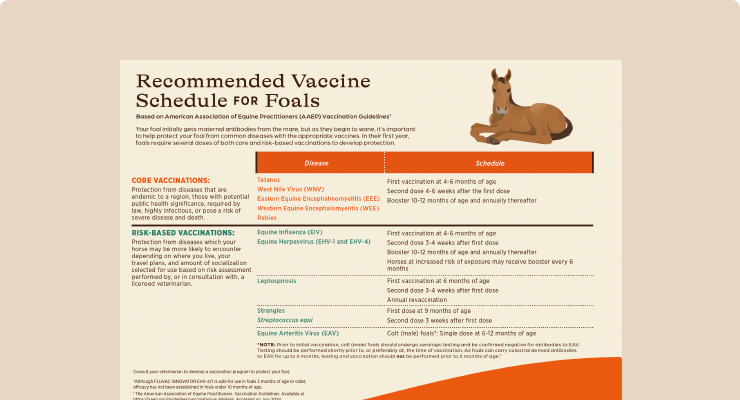Most adult horses, including broodmares, should receive two anthelmintic treatments (dewormers) per year to help control highly dangerous parasites, including small strongyles and tapeworms.13,16,17 The first dose should address small strongyles during the early grazing season (spring), and the second should address small strongyles and tapeworms during the late grazing season (fall).13 Ask your veterinarian for a fecal egg count (FEC) test to understand if your horse is a high shedder that may require additional anthelmintic treatments.
Quest
® Gel
(moxidectin) and Quest
® Plus Gel
(moxidectin/praziquantel) are the only commercially available equine dewormers that target the most threatening parasites, including encysted small strongyle larvae and bots, in a single dose.* Quest Plus Gel includes an additional active ingredient that treats tapeworms. Both have been evaluated as safe for use in breeding and pregnant mares.
Take our deworming product quiz to find the right deworming treatment for your horse.
*Compared to labels of Zimecterin®, Zimecterin Gold®, Eqvalan®, IverCare®, Duramectin, Bimectin®, EquiMAX®, Safe-Guard®, and Panacur®.
IMPORTANT SAFETY INFORMATION:
Do not use Quest Gel or Quest Plus Gel in foals less than 6 months of age or in sick, debilitated and underweight horses. Do not use in other animal species, as severe adverse reactions, including fatalities in dogs, may result. Consult your veterinarian for assistance in the diagnosis, treatment, and control of parasitism.
 Visit veterinary professionals site
Visit veterinary professionals site
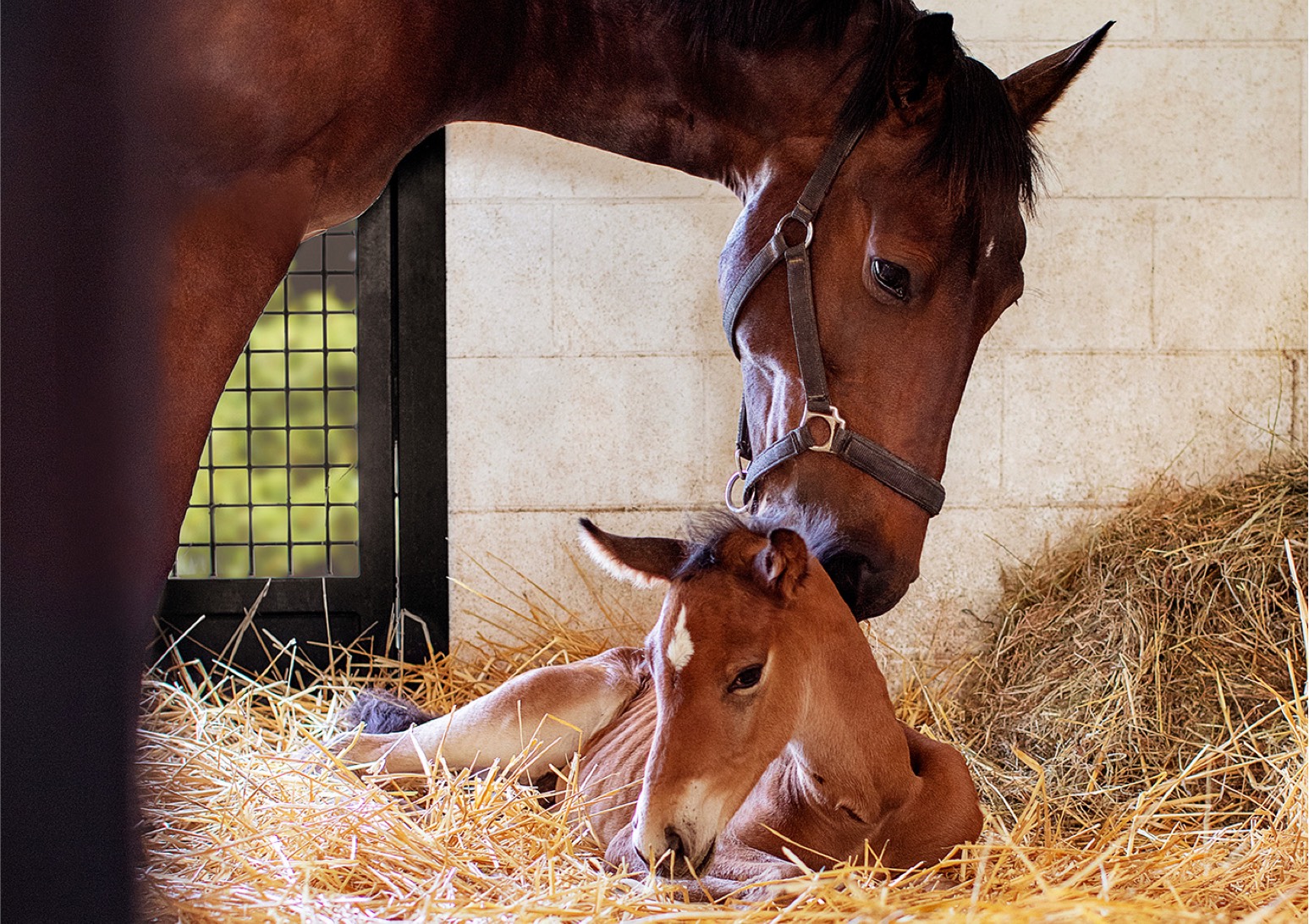
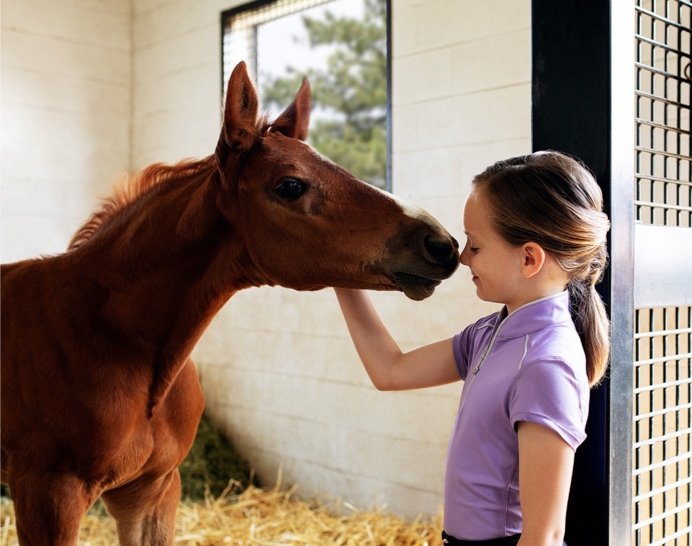
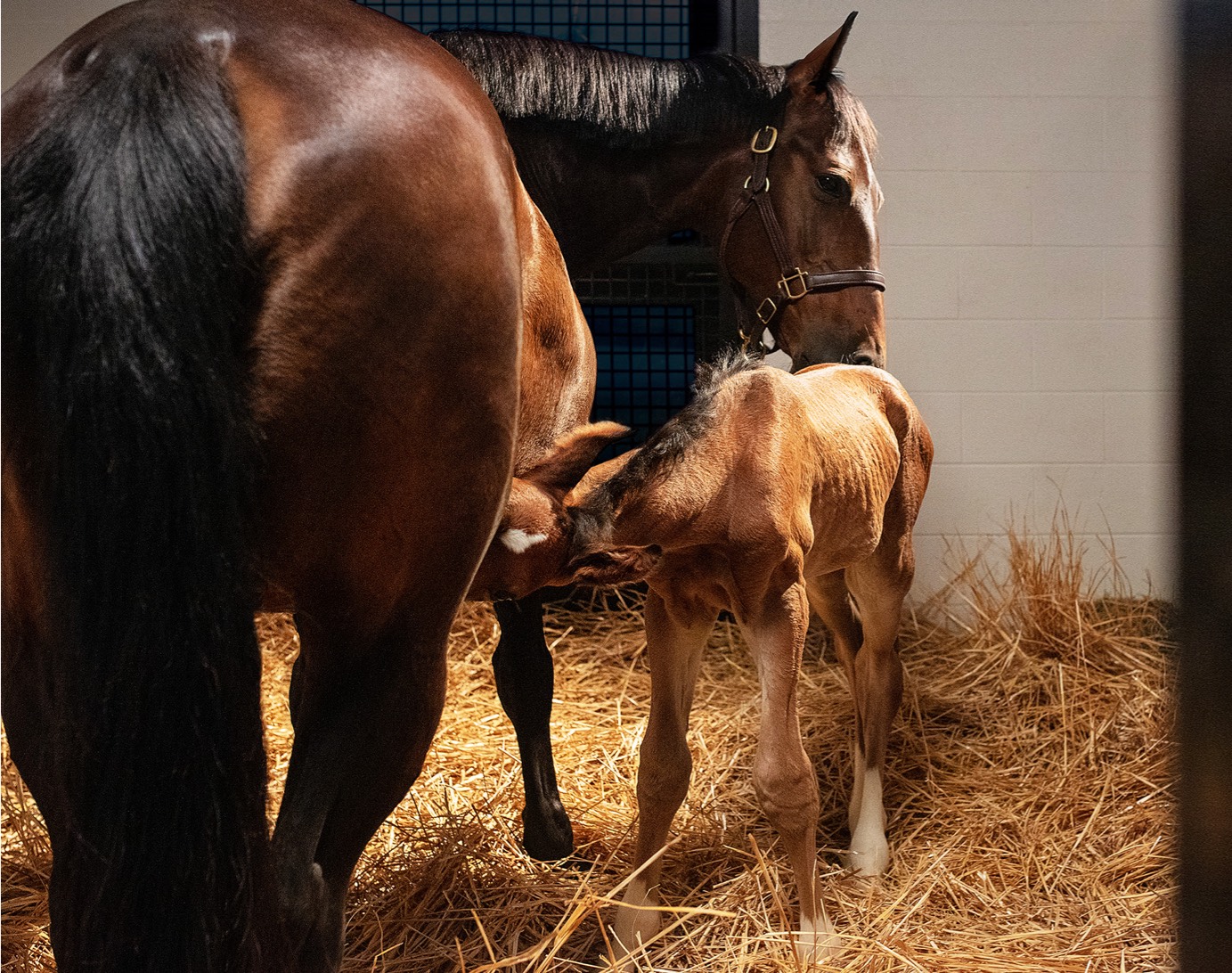
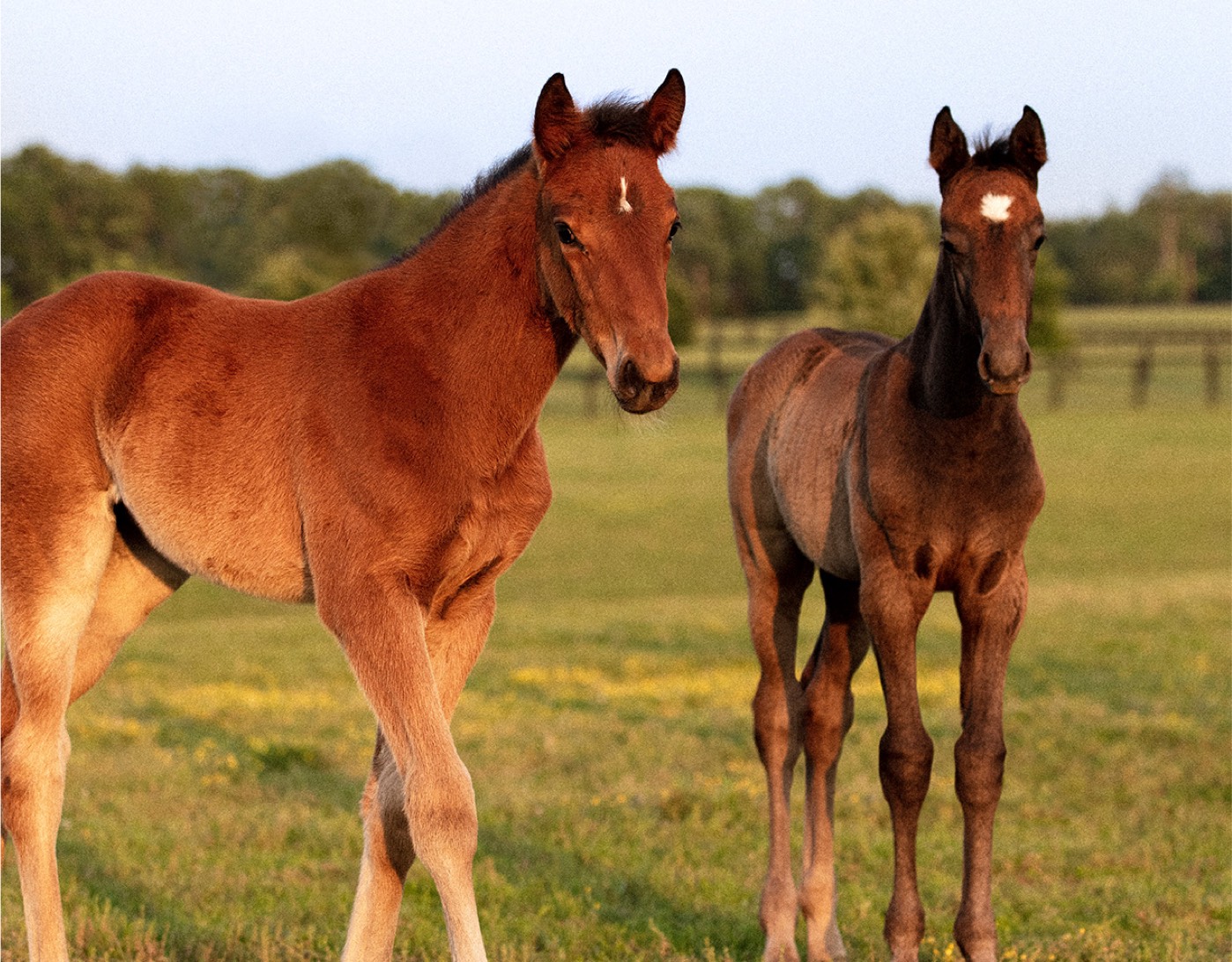
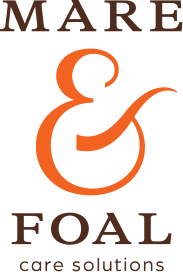

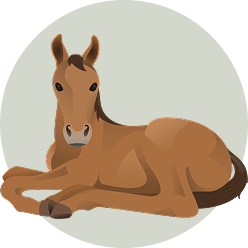
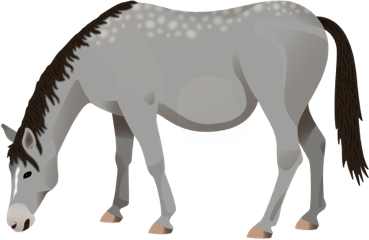
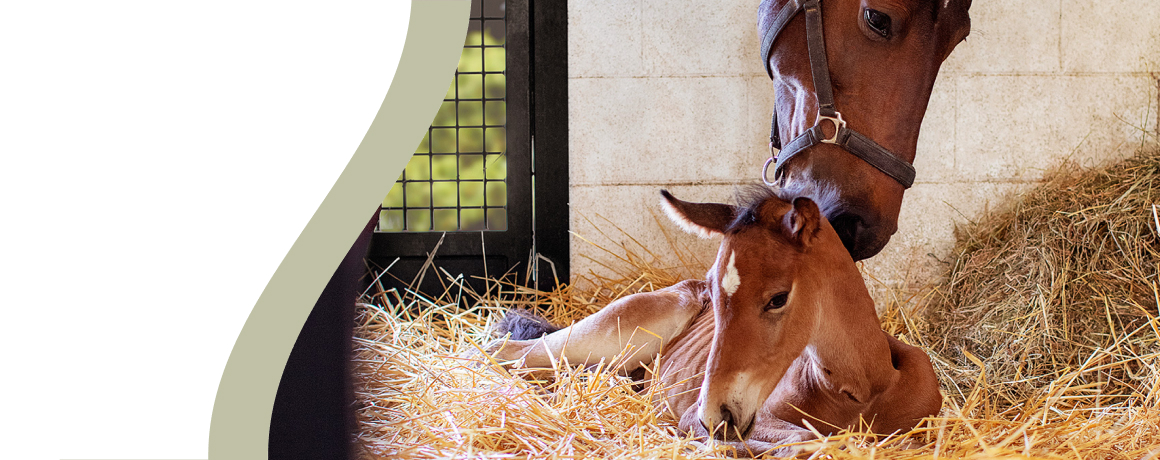
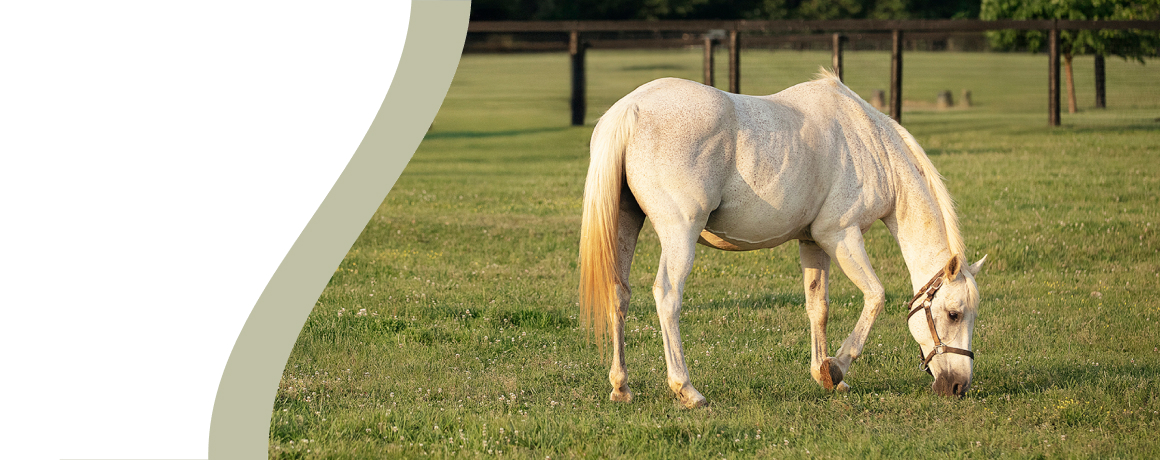
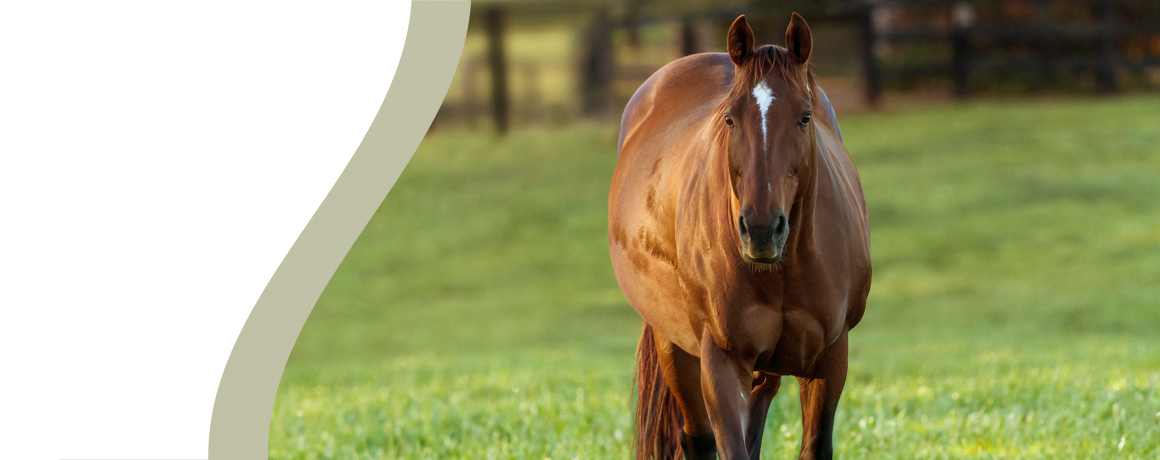
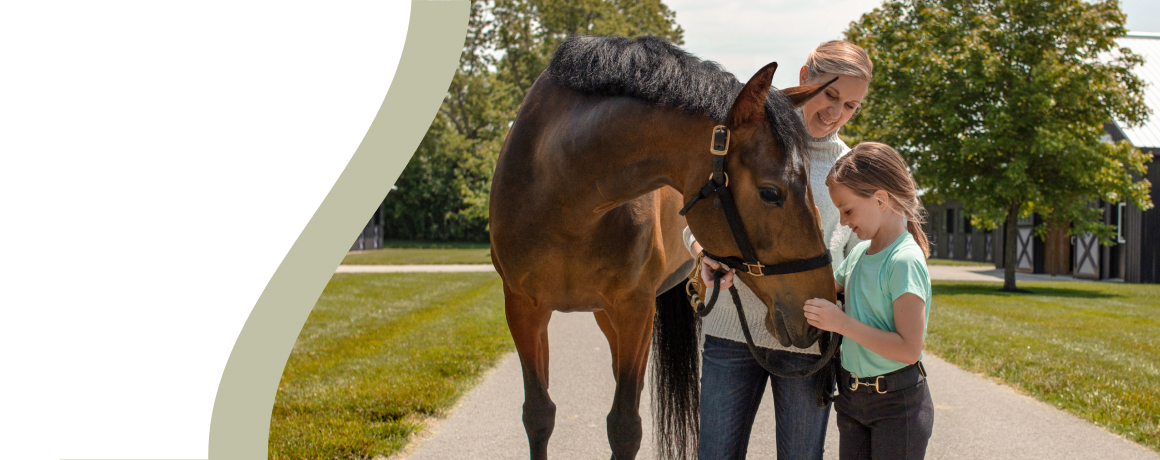
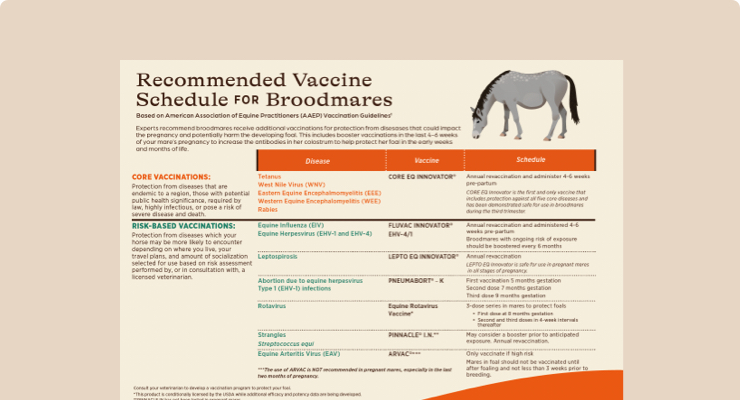
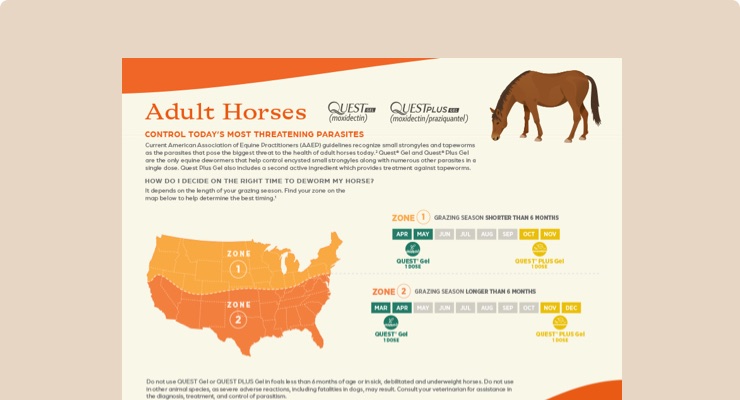
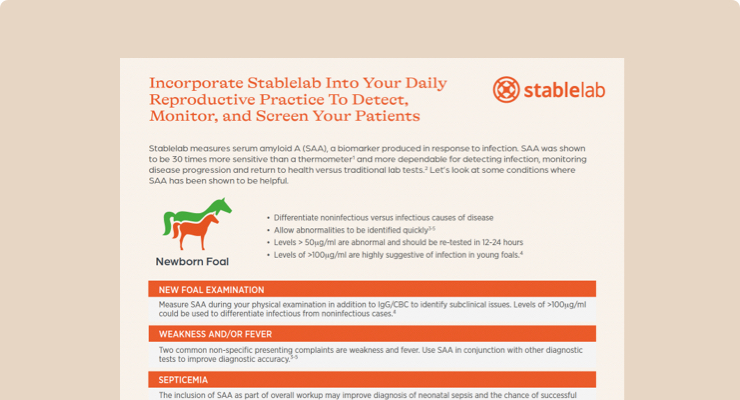
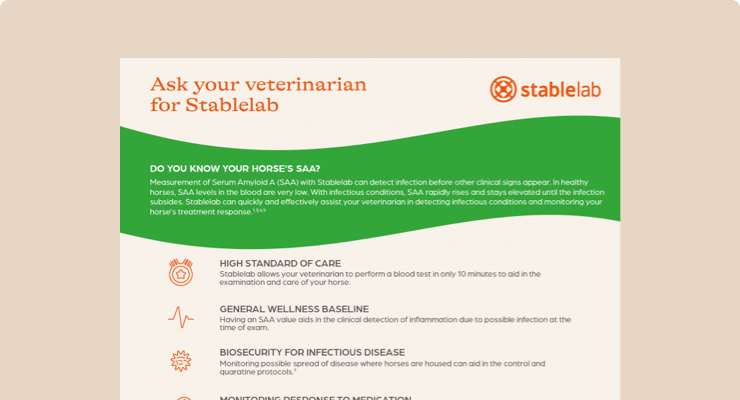
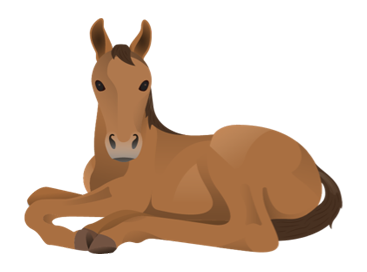
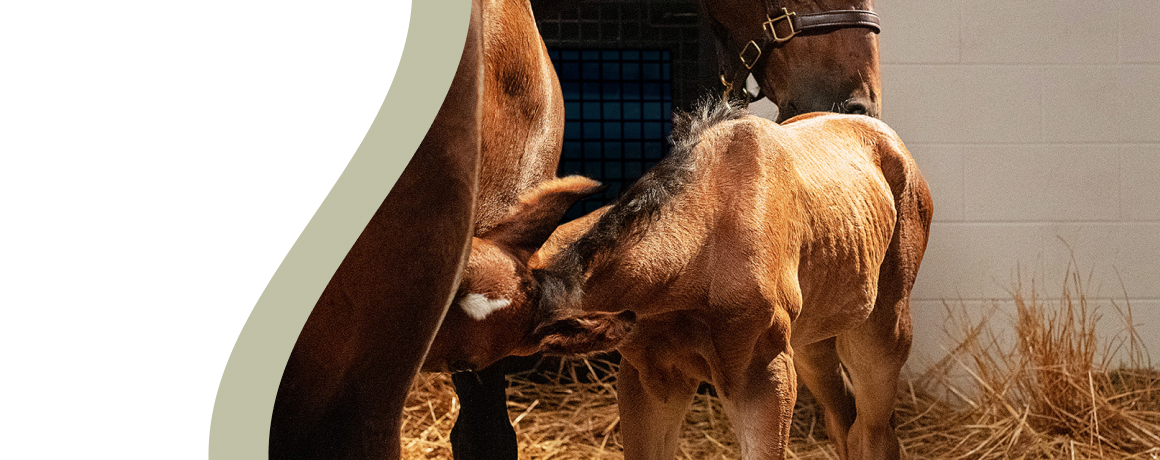
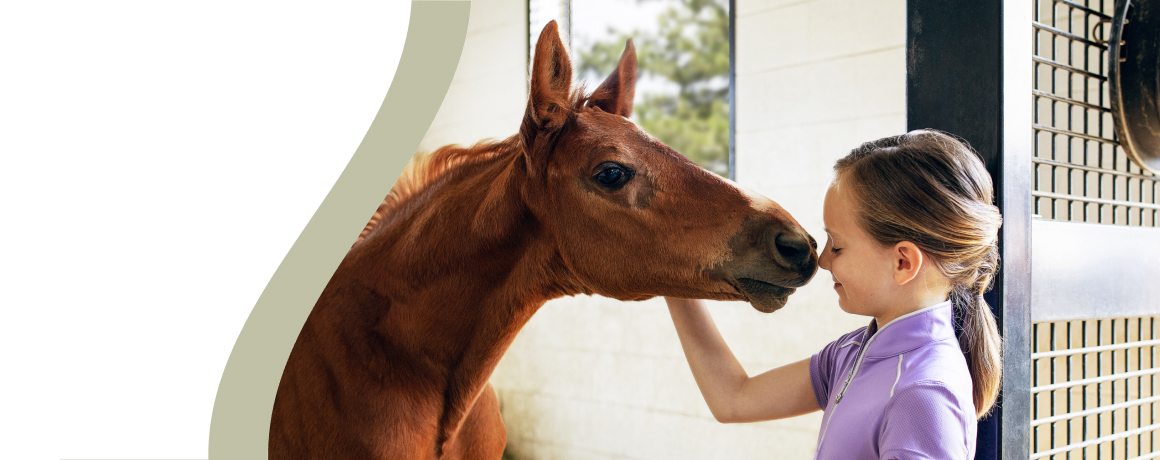
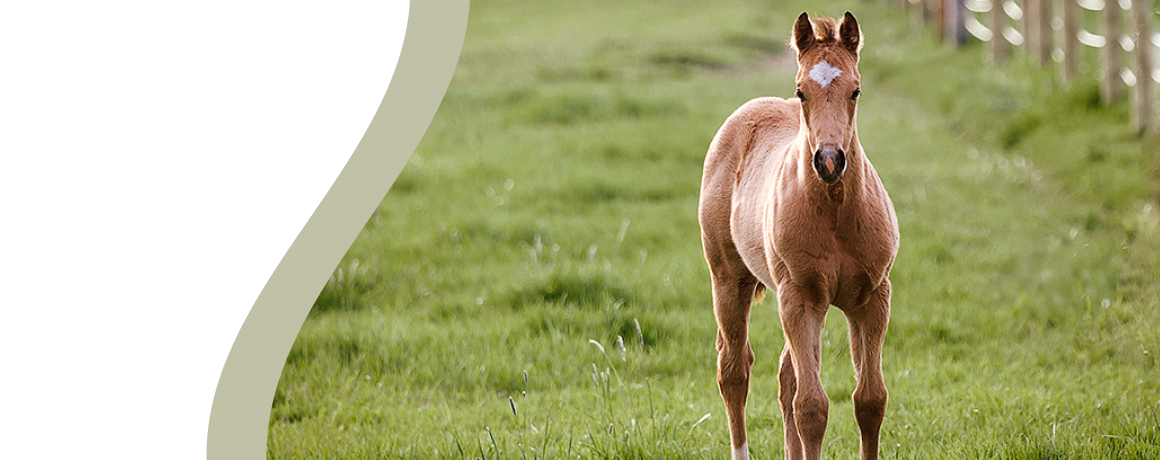

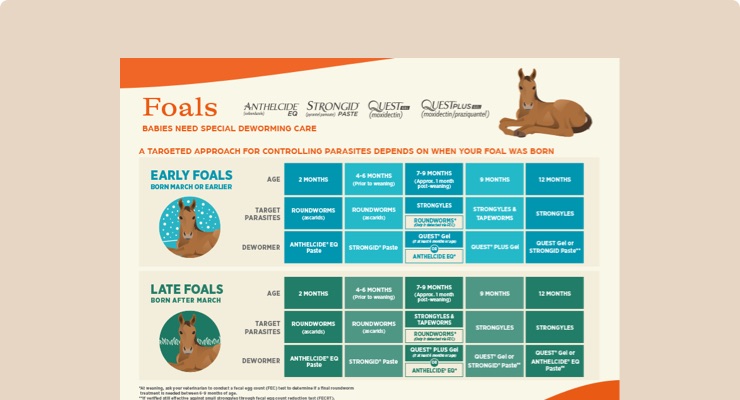
.jpg)
